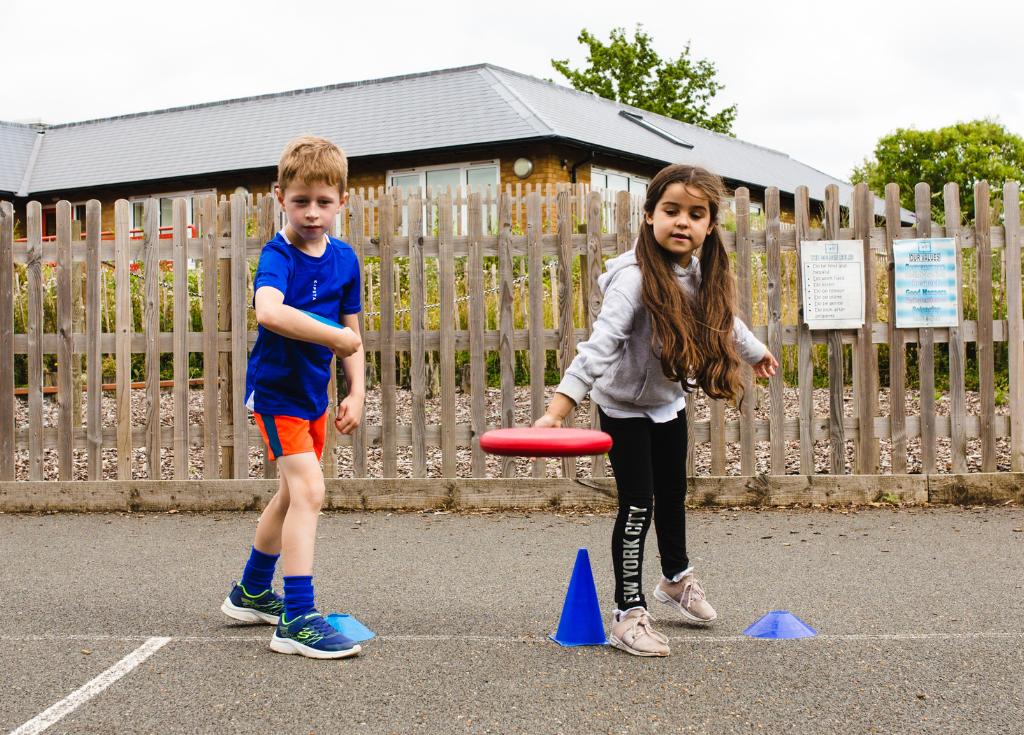Physical education plays a pivotal role in the holistic development of students, yet in many schools, sports lessons are underutilized or lack the structure needed to maximize their benefits. With increasing concerns about sedentary lifestyles among children, it is imperative to rethink how sports lessons are organized to ensure they are engaging, inclusive, and impactful.
The current challenges
Despite being part of the curriculum, sports lessons often face several challenges that limit their effectiveness:
- Lack of facilities: Many schools lack the infrastructure required for diverse sports activities, such as proper fields, gymnasiums, or modern equipment.
- Unqualified ınstructors: In some schools, physical education classes are led by teachers without specialized training in sports or exercise science.
- One-size-fits-all approach: Sports lessons often fail to consider the diverse physical abilities, interests, and needs of students, leading to disengagement among less athletic individuals.
- Limited time allocation: With an increased focus on academics, sports lessons are often allotted minimal time, reducing their impact on students' physical and mental health.
The ımportance of effective sports lessons
Well-organized sports lessons contribute to:
- Physical health: Regular physical activity reduces the risk of obesity, improves cardiovascular health, and enhances overall fitness.
- Mental well-being: Sports help alleviate stress, boost mood, and improve concentration and focus.
- Social skills: Team sports teach collaboration, communication, and leadership.
- Academic performance: Studies show a correlation between physical activity and better academic outcomes due to improved focus and energy levels.
Strategies for improvement
To make sports lessons more effective, schools and policymakers need to adopt a comprehensive approach:
- Upgrade facilities: Governments and school administrations should invest in upgrading sports infrastructure, including playgrounds, courts, and indoor activity spaces.
- Train and hire qualified coaches: Employing certified physical education teachers and coaches ensures that lessons are both safe and professionally guided.
- Diversify activities: Offer a range of sports and fitness activities, from traditional games to modern fitness trends like yoga, dance, or martial arts. This caters to different interests and keeps students motivated.
- Inclusive planning: Design lessons that accommodate students of all skill levels, encouraging participation rather than competition. Adaptive sports for students with disabilities should also be included.
- Integrate technology: Use tools such as fitness trackers, apps, and online resources to make lessons interactive and data-driven.
- Increase frequency: Allocate more time to sports lessons to provide students with consistent physical activity. Incorporating shorter, daily sessions can be more effective than sporadic longer classes.
- Promote cross-curricular activities: Combine physical education with lessons on nutrition, health, and anatomy to provide a holistic understanding of fitness.
Community and parental involvement
Parents and communities play a significant role in promoting the value of sports. Schools can organize inter-school competitions, community sports events, or family fitness days to create a culture of physical activity beyond the classroom.
Revamping the way sports lessons are organized in schools is essential for nurturing healthier, more active, and well-rounded individuals. By addressing current shortcomings and implementing thoughtful strategies, schools can ensure that sports become an integral and impactful part of students' lives, setting them on a path toward lifelong fitness and well-being.
Bahman Huseyn
